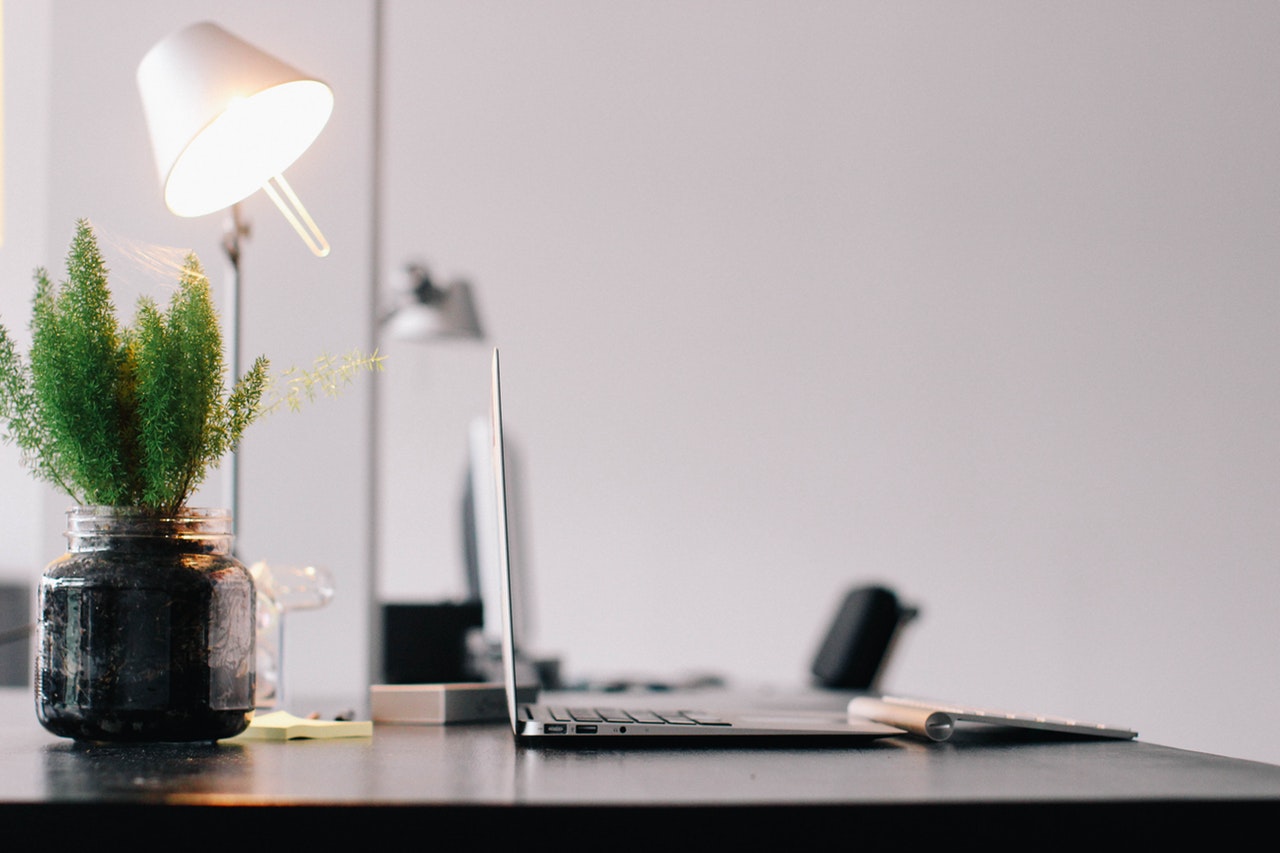Pictured above: Pixar’s Headquarters in Emeryville, California (Photographer: Jason Pratt)
Function and aesthetics aren’t the only measures of success for workplace design anymore. Companies are asking for spaces that represent their brands and instill core brand values in workplace culture. For a designer that can capture brand in workplace design effectively, projects are awards alike will soon be lining up.
What Brand in the Workplace has Meant Historically
It’s easy to associate a brand with merely a company’s logo. But any brand expert will tell you it goes much deeper than this. The reason that a customer returns to a company isn’t because of the logo, after all. Rather it is the greater promise of the brand that provides value and a connection for a customer.
Yet in their study on Brand, Culture and the Workplace, Steelcase and Corenet found that logos and aesthetics are how the majority of workplaces express their brands.

Only 50% of workplaces have some sort of design that encourages behaviour consistent with the brand. What is missing is a deeper integration into design that goes beyond a skin-deep understanding of what a brand is.
Brand Promise and Core Values
Diving deeper into a brand involves looking at why consumers use and return to a brand. What does the brand promise to do and how does it achieve this?
It’s a big question and one that leads to what the brands core values are. Core values help define how a brand delivers on their brand promise. Core values can include collaboration, innovation, community, teamwork, integrity and honesty to name a few.
Example: Southwest Airlines Headquarters

Southwest Airlines Dallas, Texas Headquarters (Photo: Corgan)
An example of an organization that has built a strong brand and received industry leading service and quality ratings is Southwest Airlines. By bringing a unique approach to air travel and making it not only affordable but more importantly fun, the company has been able to carve out a strong brand reputation. The brand commits to provide leading customer service in a manner consistent with company spirit. In order for this to happen they make the same commitment to employees as part of their brand promise.
This brand promise and Southwest’s core values were something that Corgan aimed to capture in designing the company’s Dallas, Texas Headquarters. The employee focused culture of the brand took a leading role in the space. While meeting logistical requirements of increasing employee density, the team at Corgan took the time to understand what made the brand unique.
They established an employee focus group as well as an Executive Steering Committee in a visioning process. In addition to working towards define the guiding principles for the SWA workspace, over 1200 employees reviewed the mock-ups.
The final space included increased mobility for employees and a variety of spaces to suit their needs. A change management program was utilized along with test facilities to help employees get acclimatized to the change.
Remember that the brand doesn’t only have to be associated with the company’s product.
For the Southwest space to live up to the brands strong reputation and core values, design involved looking at how to retain the employee focused culture. Interesting designs that included airplane related pieces throughout the space were a nice touch but not central to what has actually made the Southwest Airlines brand so strong.
Brand as a Differentiator
If you want to take the embodiment of brand in the workplace to the next level, then understanding the brand as a differentiator is must. Brand differentiation is why you buy Nike instead of Adidas or vice-versa. For the consumer, they’ve constructed an idea of what the brand stands for and the benefits it provides them. Being able to capture that idea in a workplace is an art.
Getting to the heart of a brand as a differentiator requires work and consultation with multiple staff members. But it also provides the most rewarding design experience for everyone involved. At this point, capturing the brand as a differentiator will also aid the organization in amplifying those differentiating traits. Truly grasping this means that design can improve internal processes and further enable a company’s success.
Example: Pixar

The atrium at Pixar’s Emeryville, California Headquarters (Photographer: Jason Pratt)
An example of this is Pixar’s headquarters. The design of the space was actually a personal project of Steve Jobs.
Pixar’s movies touch audiences of all ages. It has built a brand on delivering unique stories. In an article he wrote of the Harvard Business Review, Ed Catmull, President of Pixar notes that “Unlike most other studios, we have never bought scripts or movie ideas from the outside. All of our stories, worlds, and characters were created internally by our community of artists.” This is part of their commitment to audiences and what sets their movies apart from others.
To foster this creativity required for the brands success, Jobs obsessed over many details in the space. He valued face to face interactions for productivity and creativity and paid particular attention to the atrium, which has now become a prime example for collaboration. Jobs even considered creating only one set of central washrooms for maximal interactions as people moved through the space. The idea being that more interactions and conversations sparks more new ideas.
The outcome could have been quite different if Jobs focused on ways to embed the logo or famous characters from movies throughout the space. While Pixar’s campus does pay homage to characters and even their own logo, their design went beyond this. By supporting the creative and original content crucial to the company’s success, Pixar is a great example of what happens when a brand is truly understood and captured in workplace design.

